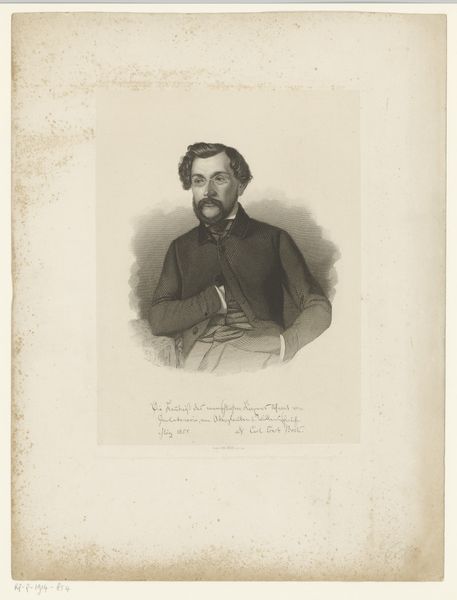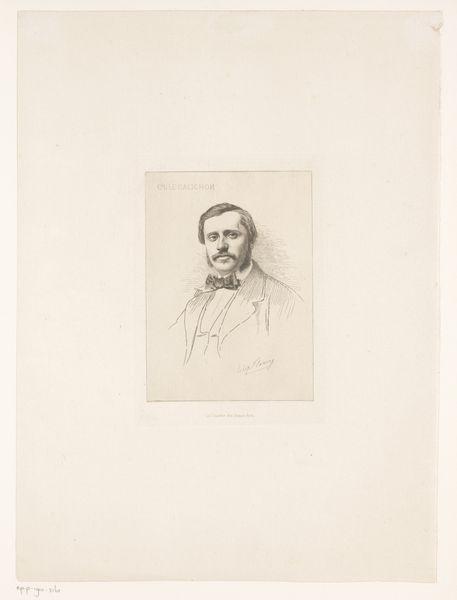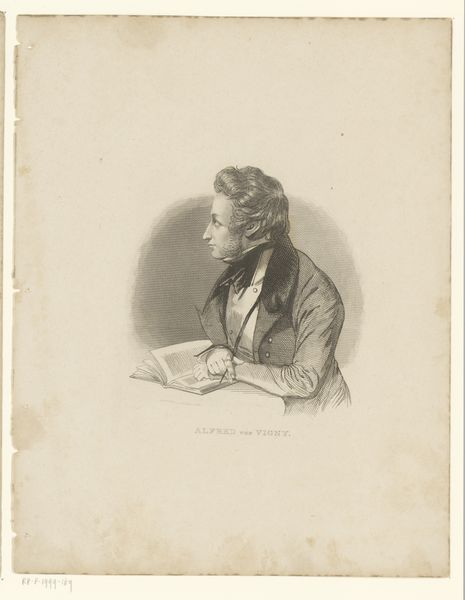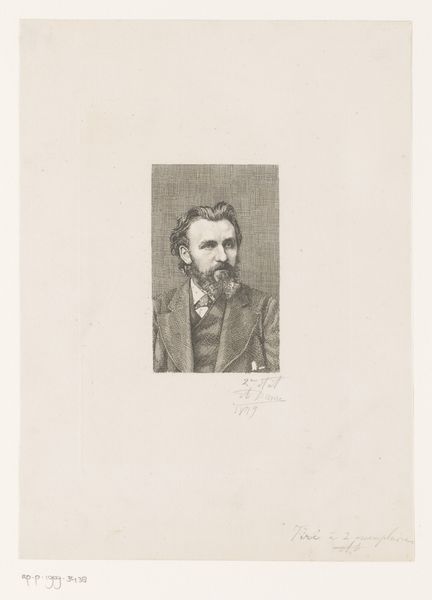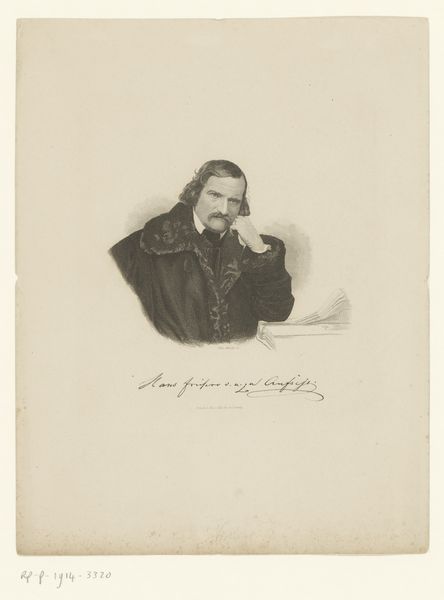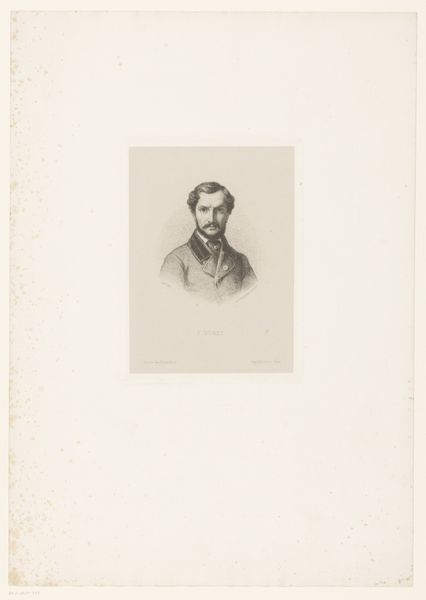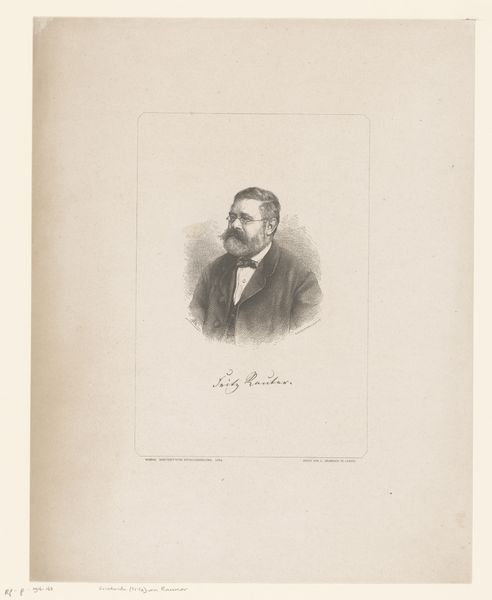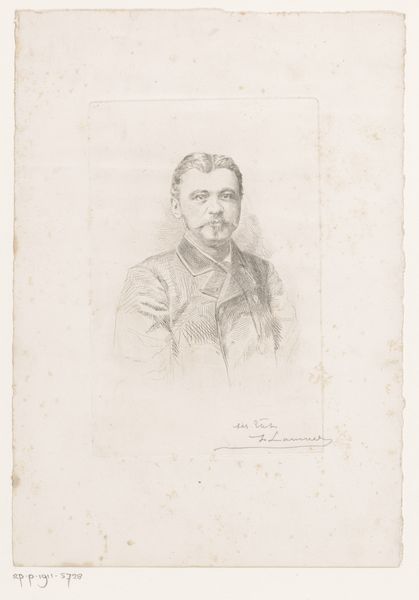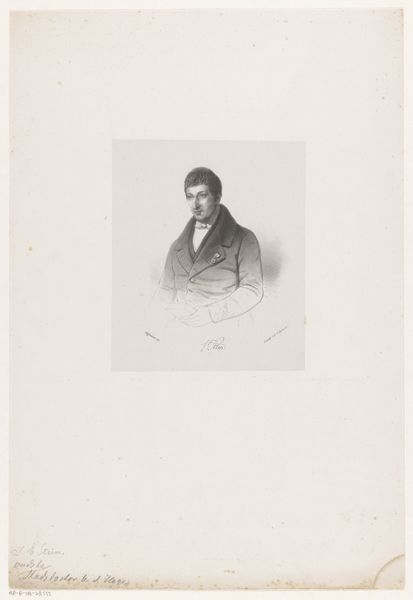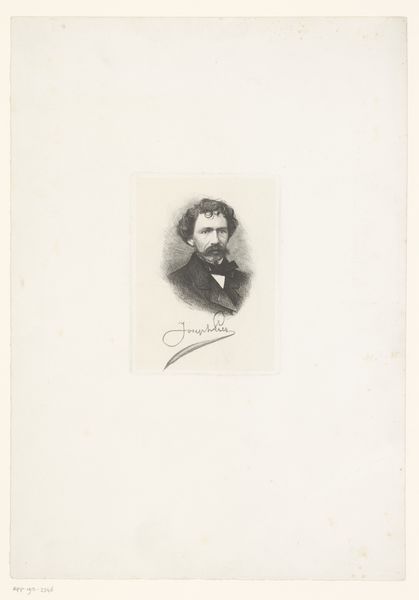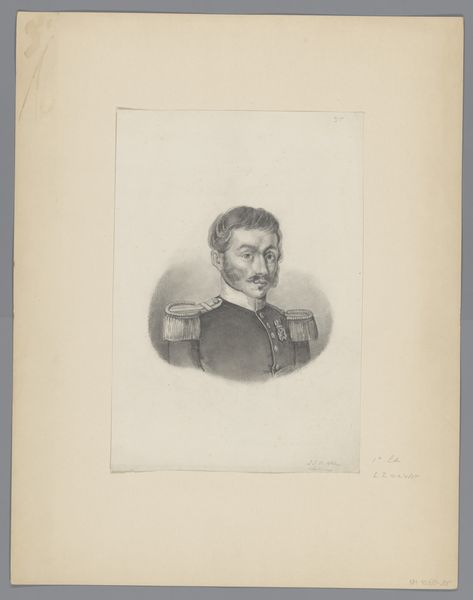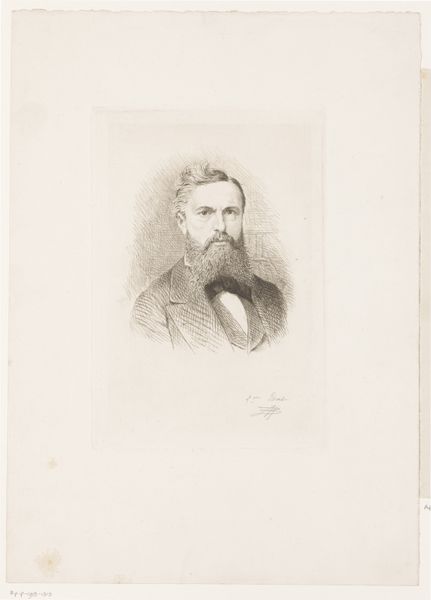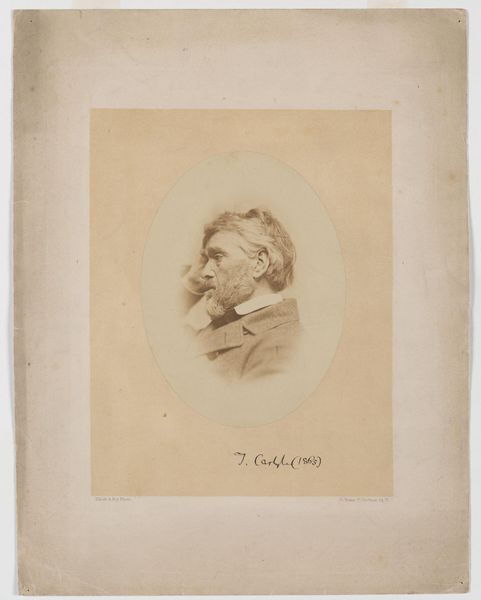
drawing, pencil, graphite
#
portrait
#
pencil drawn
#
drawing
#
book
#
pencil drawing
#
pencil
#
graphite
#
academic-art
#
realism
Dimensions: height 288 mm, width 223 mm
Copyright: Rijks Museum: Open Domain
Curator: Immediately, the pensive expression on the subject draws me in. The grey scale creates a feeling of both nostalgia and seriousness, doesn't it? Editor: Indeed. Let’s introduce some background. Here we have a work entitled "Portret van C. Weiss," crafted sometime between 1850 and 1914 by Chrn. Riedt. It’s primarily rendered in pencil, or perhaps graphite, offering a glimpse into a specific moment in art-making. Curator: The texture is lovely—you can see the individual strokes so clearly. Considering it's a portrait, I'm curious about the choice of materials. Pencil, especially graphite, carries a very different connotation than oil paint in depicting status. Who was C. Weiss in society, and why was the humble pencil the material of choice for his portrait? Editor: Exactly. It speaks to the relationship between the sitter, the artist, and the prevailing artistic norms. Back then, academic art circles would be determining the 'accepted' visual language. A work like this tells us so much about how portraiture was being produced, displayed, and, perhaps most importantly, consumed. Think about the potential market for pencil-drawn portraits. It may hint at accessibility compared to more expensive mediums like oils. Curator: Note also how a book is placed prominently on the desk. That placement invites interesting questions about education, literacy, and knowledge. Editor: That visual inclusion definitely adds another layer to understanding how Weiss wanted to be presented—or how Riedt perceived him. Furthermore, consider the politics inherent in depicting intellectuals at that moment. Curator: Thinking about the labor involved, did Riedt likely produce this portrait independently, or was he part of a larger workshop system? How did this kind of art production fit into the economic landscape? Editor: Important questions. The socio-economic structures profoundly influenced who had the time and resources to dedicate to artistic creation. It underscores that understanding this piece also involves looking at art production's broader historical, social and even political landscape. Curator: It's fascinating how much information is conveyed through something as seemingly simple as a pencil portrait. Thanks for helping me delve into the context around materiality and art. Editor: My pleasure. Examining it through both our perspectives has truly enriched the experience.
Comments
No comments
Be the first to comment and join the conversation on the ultimate creative platform.
